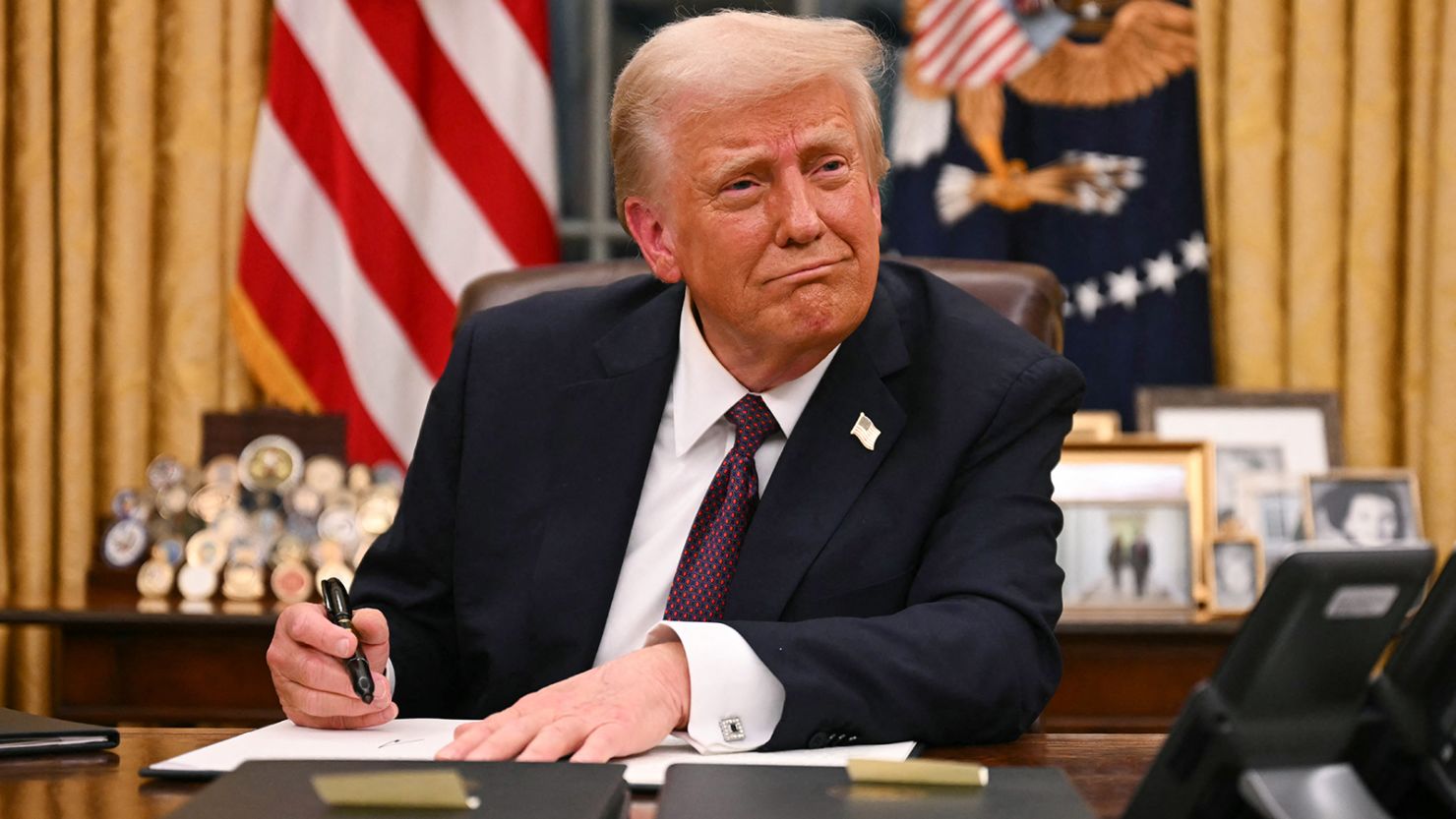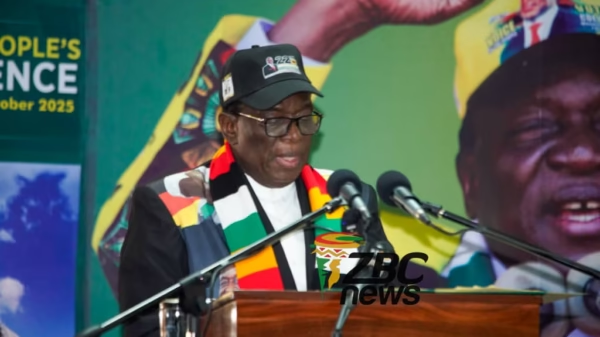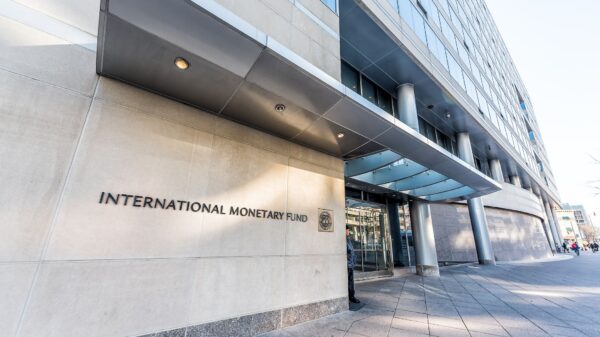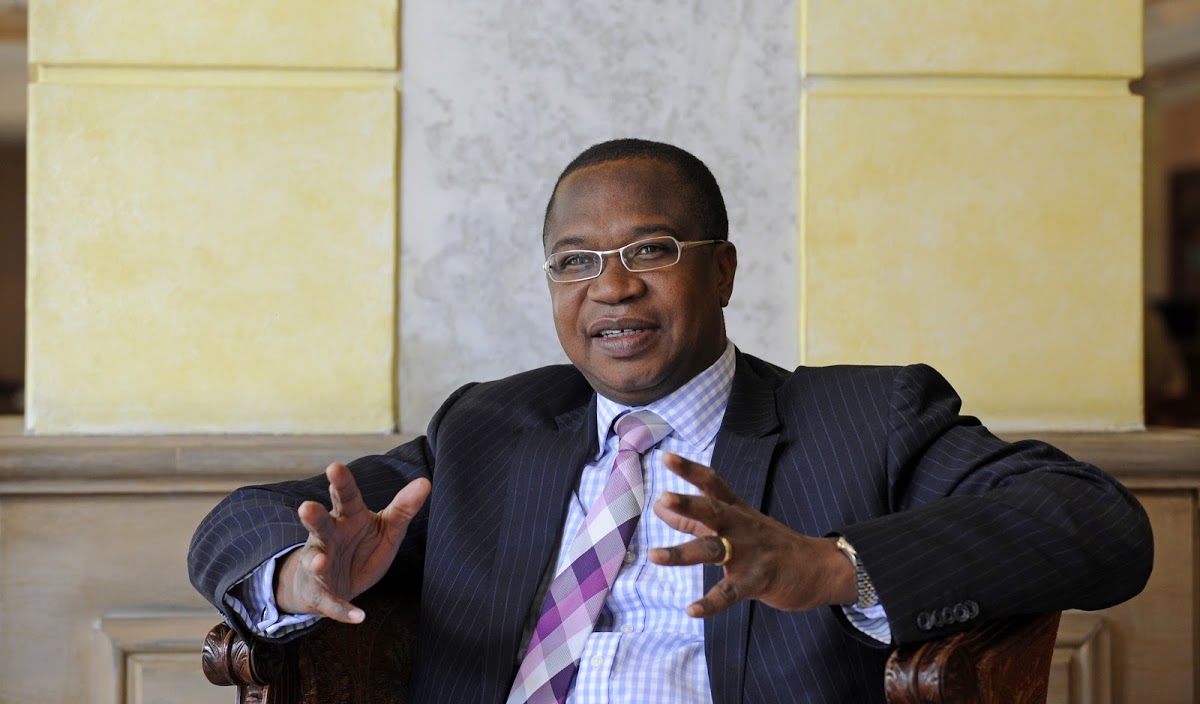Zimbabwe has exceeded its 2024 gold production target, achieving a record-breaking 36.48 tonnes. This surge in output was driven by strong global gold prices and continuous support from the Government, solidifying the sector’s growth.
Compared to the 30.1 tonnes produced in 2023, this increase in gold output also resulted in higher export earnings. Gold exports generated approximately US$2.5 billion in revenue, a significant rise from US$1.8 billion the previous year.
Economic analysts credit this outstanding performance to a mix of favourable global market conditions and strategic governmental policies aimed at strengthening the mining industry. The increased demand for gold, spurred by global economic uncertainties, also played a crucial role in boosting production.
Despite earning substantial revenue from exports, Zimbabwe faces economic challenges due to a high import bill, which continues to drain foreign currency reserves. In 2024, imports surpassed US$13 billion, with an import bill amounting to US$9.5 billion, thereby widening the country’s trade deficit.
To address this challenge, the Government is implementing measures to enhance domestic production and reduce dependence on imports.
Looking ahead, prospects for Zimbabwe’s gold mining sector remain promising. Analysts anticipate continued growth in gold deliveries and revenues, supported by sustained government initiatives and a favorable market outlook. The policies of the new U.S. President, Donald Trump, may also influence the global gold market, alongside Zimbabwe’s strategic interventions to stimulate production.
Financial strategist Michael Chikweche highlighted the Government’s proactive approach in fostering mining development and infrastructure, which lays the groundwork for long-term growth.
“Zimbabwe’s commitment to surpassing past milestones demonstrates a strategic vision aimed at capitalizing on favorable market conditions and furthering national economic objectives,” Chikweche stated.
The economic significance of Zimbabwe’s gold production extends beyond revenue figures. Gold earnings contribute substantially to foreign exchange reserves and finance essential national development projects.
Economist Samantha Moyo emphasized this point, noting that gold revenues play a crucial role in stabilizing the economy.
The Reserve Bank of Zimbabwe utilizes gold reserves to back the country’s currency, Zimbabwe Gold (ZiG). Since its introduction in April 2023, ZiG has shown resilience, contributing to exchange rate stability and curbing inflation.
The mining sector’s impressive performance continues to attract foreign investment. Transparency measures and regulatory reforms have increased investor confidence, reinforcing Zimbabwe’s position as a prime destination for mining ventures.
Mining industry expert Dr. Farirai Mukwewa pointed out that exceeding the 35-tonne target reflects effective policy frameworks that encourage production and provide incentives for small-scale miners.
Small-scale miners have emerged as the backbone of Zimbabwe’s gold industry, contributing approximately 65% of total output in 2024. Their adaptability and resilience have been instrumental in sustaining production despite global economic fluctuations and logistical challenges.
“The incentives provided to small-scale miners have been vital in harnessing local talent and optimizing efficiency,” Dr. Mukwewa noted, underlining their role in the sector’s growth.
Global gold prices played a significant role in Zimbabwe’s mining success. At the start of 2024, gold was valued at US$2,025 per ounce, but by December, prices had surged to US$2,771 per ounce. This sharp rise was fueled by geopolitical tensions and investor strategies to hedge against economic uncertainty.
Thomas Gono, President of the Gold Producers Association, acknowledged the Government’s gold mobilization efforts in increasing output while ensuring greater transparency in the sector.
“These initiatives have strengthened the collaboration between miners and the Government, ensuring that Zimbabwe’s mineral wealth is fully harnessed for national development,” Gono remarked.
By engaging industry stakeholders, the Government has created a conducive environment for sustained growth and investment in gold mining. Efforts to formalize the sector and curb illicit gold trade are expected to further enhance production and economic gains.
On the global stage, analysts predict a bullish outlook for gold prices in 2025. Goldman Sachs projects prices could surpass US$3,000 per ounce by year-end, driven by increased central bank acquisitions and rising federal debt. Deutsche Bank anticipates prices will range between US$2,450 and US$3,050 per ounce, citing central bank activity as a key factor in maintaining gold’s value.
JPMorgan aligns with these forecasts, predicting gold could reach US$3,000 per troy ounce due to geopolitical risks and economic policy uncertainties, which continue to strengthen gold’s status as a safe-haven asset.
As Zimbabwe positions gold as a cornerstone of its economic stability and currency backing, ongoing policy interventions and investment in the mining sector are expected to yield even greater results in the years ahead.

For comments, Feedback and Opinions do get in touch with our editor on WhatsApp: +44 7949 297606.














































